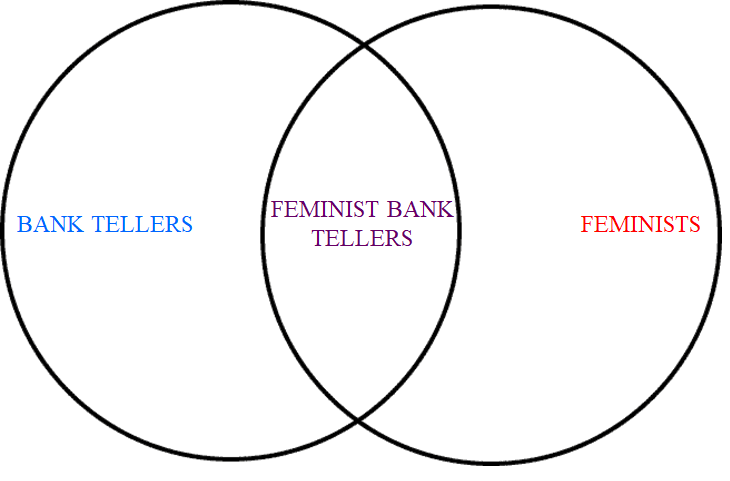The Representativeness Heuristic
This heuristic refers to the tendency to use the prototype of a category to represent individual instances of that category. However, note that the term “category” is used in a very broad sense, as can be seen in Question 9:
Question 9
If you were to toss a coin 6 times, which of the following is most likely to occur?
Heads Heads Heads Heads Heads Heads
Heads Heads Heads Tails Tails Tails
Heads Tails Tails Heads Tails Heads
Question
Which option did you choose? Do you think most people chose this option? What is the correct “answer”? Let’s see the data:
Reveal graph
Option (c) is likely to have been chosen over the others, and Option (b) more so than Option (a).
This is because (c) looks more prototypically random (i.e., is more representative of random events) than the others.
And having only heads seems least typical.
While it is true that a sequence of six heads (or six tails) is unlikely, it is no more unlikely than any other specified ordering of heads and tails.
The probability of obtaining any of the three patterns is  .
Instead of calculating this actual probability, people tend to rely on representativeness when making their decision.
.
Instead of calculating this actual probability, people tend to rely on representativeness when making their decision.
Brainstorm
What cognitive error (or fallacy) may result from reliance upon the representativeness heuristic?

Example
One such fallacy (illustrated above) is the gambler’s fallacy, which is the belief that a consecutive run of the same outcome is likely to be followed by a different outcome, despite the fact that the events are independent (e.g., believing that a run of four heads will be more likely followed by a tail than another head).
Question 10
Marie is 31 years old, single, outspoken and very bright. She majored in philosophy. As a student she was deeply concerned with issues of discrimination and social justice and also participated in anti-nuclear demonstrations. Select the two options you consider to be the most likely given the above description:
Marie is a bank teller
Marie is a social worker
Marie works in a bookstore and takes yoga classes
Marie is a bank teller and is active in the feminist movement
Marie is an insurance salesperson
Question
Which option did you select? Which option do you think will be the most frequently selected? Why? Here is the data:
Reveal graph
The two options of interest were Option (a) and Option (d). Typically, Option (d) is going to be selected more often than Option (a). When doing so, people have committed a conjunction fallacy, which refers to the failure to take into account that a conjunction of two things must necessarily less likely than one of those things alone. That is, it is less likely that Marie is a bank teller and also a feminist relative to her being a just a bank teller. This is illustrated below – feminists bank tellers are necessarily a smaller subset of all bank tellers.

Because being a feminist is representative of a person with Marie’s characteristics, this fact overshadows a more logical appraisal of Option (d) relative to the other options, especially Option (a).